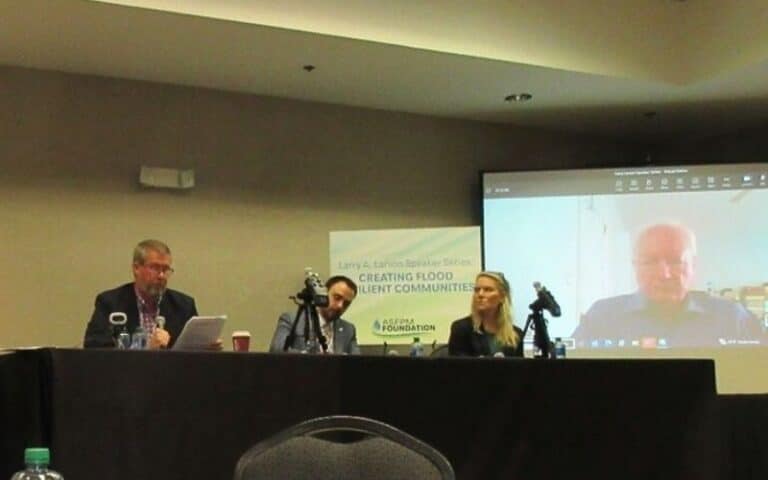ASFPM’s Executive Director Gives his initial summary on the Senate’s passage of GW-HR3370
The Senate on March 13 passed the Grimm-Waters Homeowner Flood Insurance Affordability Act (GW-HR3370), with a 72-22 vote. Because the Senate did not amend the bill, it will go directly to the President for his signature. It is the same bill the House passed last week and ASFPM is working on an analysis of the legislation and will get that out soon. Below is a quick, initial summary and analysis:
The main focus of the legislation was to solve a political and practical problem – some property owners seeing rate increases of several hundred percent per year. Those affected by the full risk rate triggers that were in Biggert-Waters associated with a new policy or the sale of a home.
GW seems to have addressed this issue thoroughly, but not in a very understandable way.
It appears the media reports I am hearing are simplifying this too, by saying that essentially nobody is going to see more than an 18 percent annual increase. This does not appear to be correct. It appears that many of the properties that were seeing 25 percent annual rate increases – most of those are not primary residences – will continue in that manner. It seems that policies for primary residences will be those capped at an 18 percent increase. Also, while existing grandfathered policies seem to be able to continue on at grandfathered rates since Section 207 was abolished, a new section requires that new flood insurance policies after the date of enactment of Grimm-Waters in a potential grandfathering situation will be put on a glide path towards actuarial rating.
There are some very bad provisions in the legislation, which is why ultimately ASFPM decided not to support HR3370 in the House. These provisions are:
1. All policies get a new ANNUAL surcharge: $25 for primary residence properties, $250 for non-residential properties and non-primary residential properties. The surcharges would be deposited in the NFIP Reserve Fund, which was established to ensure funds are available for meeting the expected future NFIP obligations.
2. New 1 percent goal: FEMA is instructed to try and minimize the number of policies with annual premiums that exceed one percent of the total coverage provided by the policy. Existing V-Zone rates already exceed this. What is disconcerting about this provision is that as part of the law, it might be further modified when the NFIP comes up again for reauthorization and seems to support more subsidization overall versus less. This may have a chilling effect on private sector participation in offering insurance.
3. Allows communities to be reimbursed for successful appeals to FEMA maps. This is really an open checkbook provision because it doesn’t cap expenses. However, it does stipulate that funds can come out of the Flood Insurance Fund versus the mapping budget.
There are some good provision too, which include:
1. Requires an Affordability Framework: BW-12 only included an affordability study. GW not only increases the funding for the study, but requires the development of a framework after the study is completed.
2. Restores substantial improvement to 50 percent (was changed to 30 percent in BW): From a floodplain management point of view, the 30 percent had set up something very difficult to implement in a practical way.
3. Study of Voluntary Community-Based Flood Insurance Options: This is something that was left out of BW-12 and has some promise.
4. Requires mapping of non-structural flood mitigation features such forests, marshlands, etc. Interesting provision, but what I like about this is that we can begin to start to recognize the flood loss reduction value of natural features of floodplains.
5. Requires FEMA to clearly communicate full flood risk determinations to individual property owners regardless of whether their premium rates are full actuarial rate. This is very important and a key ASFPM recommendation.
While the law sets up frameworks and studies, GW did little to address the flood insurance affordability issue with the single exception of the elimination of the full risk rate trigger on new or lapsed policies.
Here is a good article on the legislation:
https://www.insurancejournal.com/news/national/2014/03/13/323273.htm
Here is the bill in full: https://beta.congress.gov/bill/113th-congress/house-bill/3370/?loclr=twtho
Please note that this analysis will change as more information is available.


